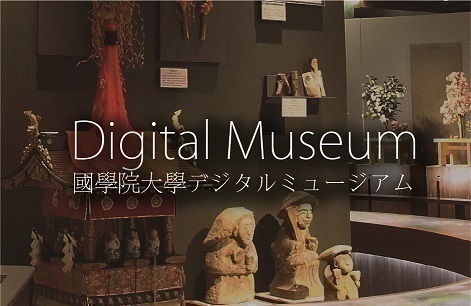- トップ
- Encyclopedia of Shinto
- Yorishiro
Encyclopedia of Shinto
| Main Menu: | |
| Links: |
詳細表示 (Complete Article)
| カテゴリー1: | 4. Jinja (Shrines) |
|---|---|
| カテゴリー2: | Objects of Worship and Shrine Treasures |
| Title | Yorishiro |
| Text | The place (or object or person) inhabited by a kami's spirit when it descends for a religious ceremony or when possessing a person. Yorishiro may take the form of natural objects such as trees or rocks, or implements prepared for use in rituals, such as pillars, banners, or ritual emblems called gohei. In cases where a human acts as a yorishiro, he or she is referred to as yorimashi. Yorishiro may also be called tsukawashime or osakigami based on the belief that kami may possess and use feral dogs, wolves, monkeys, and birds as their messengers. Ancient forms of yorishiro include himorogi (divine trees), iwasaka (rock cairns), and the various hand-held ritual implements generally referred to as torimono. In particular, the rituals at himorogi and iwasaka reflect the belief that kami make their presence known in ritual sites with natural forests, groves, and rocks; this belief led to practices such as planting trees at ritual sites and decorating them with objects into which the kami might descend. Many different forms of yorishiro exist, ranging from the large cones of sand seen in the Miare shinji of the Kamo Wakeikazuchi Shrine, to the "heart pillars" (shin no mihashira) of the Grand Shrines of Ise, the log pillars (mihashira) seen in the Onbashirasai of the Upper and Lower Suwa Shrines, the shibasashi of the Usa Hachiman Shrine, and the ohake or osashibō used at local shrines to mark the house of the lay priest for that year (see tōya). — Okada Yoshiyuki |





